If you’re not getting the conversions you want from your website—whether it’s a sale, a visitor’s email address, or a subscription—one thing you might consider is including a popup ad.
If you’re recoiling from this suggestion because of the many times popups have intruded on your Internet activity, that’s because the websites you’ve been visiting are using them the wrong way. Created and placed correctly, popups have been shown to be an effective marketing tool.
Here’s what you need to know to help you create winning popups.
Popups convert
Yes, popups can be annoying if they interrupt a user’s train of thought. But statistics show they work, because they result in conversions (a desired action by a visitor).
In fact, one analysis of over 1.75 billion popups found:
- The top 10 percent of highest-performing popups averaged a 9.28 percent conversion rate.
- The average conversion rate for all popups is 3.09 percent.
With conversion rates like that, can you afford to ignore this highly effective form of marketing?
But aren’t they banned?
In 2017, Google announced that the presence of interstitial [full-screen] popups on mobile devices would result in a lower SEO search ranking for the site.
“Starting today, pages where content is not easily accessible to a user on the transition from the mobile search results may not rank as high,” Google decreed. The company added, however, that the user experience was “just one of hundreds” of factors in page ranking, and that “a page may still rank highly if it has great, relevant content.”
So no, popups haven’t been “banned.” This just means you need to design and use them judiciously.
- Which means you don’t repeatedly show the same popup every time a user taps/clicks somewhere on a page.
- Which also means you don’t load an interstitial the minute someone arrives on your website, which often causes visitors to leave the site. Permanently.
- Which lastly means you give users an easy-to-find way to close the popup.
So what does work?
Popups that convert offer something to visitors that will interest them, and that provide value if they respond.
They must also be relevant to the page’s content, easy to close, and disabled for mobile users.
The best popups allow readers to first find what they came to your page for before showing them the popup.
Above all, they are short, sweet, and to the point.
So you have to put a great deal of planning into creating successful popups.
Crafting popups that convert
Start by defining your goal for the popup. It should be simple:
- get new newsletter subscribers
- obtain new email addresses
- introduce a new product
- sell a product or service
- fight shopping cart abandonment
Once you know what you’re hoping to accomplish, create the sales copy. Remember the tried-and-true sales adage: give to get.
If, for example, you want visitors to provide their email addresses, give them something in return: a downloadable copy of your guide to housetraining their new puppy, a chance to win a free massage, or a 20 percent-off coupon for your new product line.
Then create your message. It should be brief, clear, use easy-to-read font, and require only a few simple steps on their part. It’s best to limit what you’re asking them to do to just a couple elements: give their email address, for example, then click/tap on the call-to-action (CTA) button.
Placement and timing
If you hit visitors with a popup the moment they get to your website, they’ll be less likely to comply with your request.
So you need to figure out where in their visit they’ll encounter the popup.
- Will you base the timing on how many pages they’ve seen?
- How far down the page they’ve gone?
- Will your popup be full-screen, partial-screen, or just off to one side?
Ideally, the popup will be relevant to the page they’re on, so they’re already interested in what you’re offering in the popup.
Exit-intent popups are useful if someone has abandoned their shopping cart and is preparing to leave your site. A quick “need help?” popup as they’re exiting can make the difference in a sale or a no-sale.
They’re also great for providing last-minute offers, because the visitor has already spent time on your website and is familiar with what you provide. Therefore, an exit-intent popup with an enticing deal is more likely to be successful.
For more ways to creating effective popup ads, contact our advertising and marketing specialists at 101 Management, Inc.

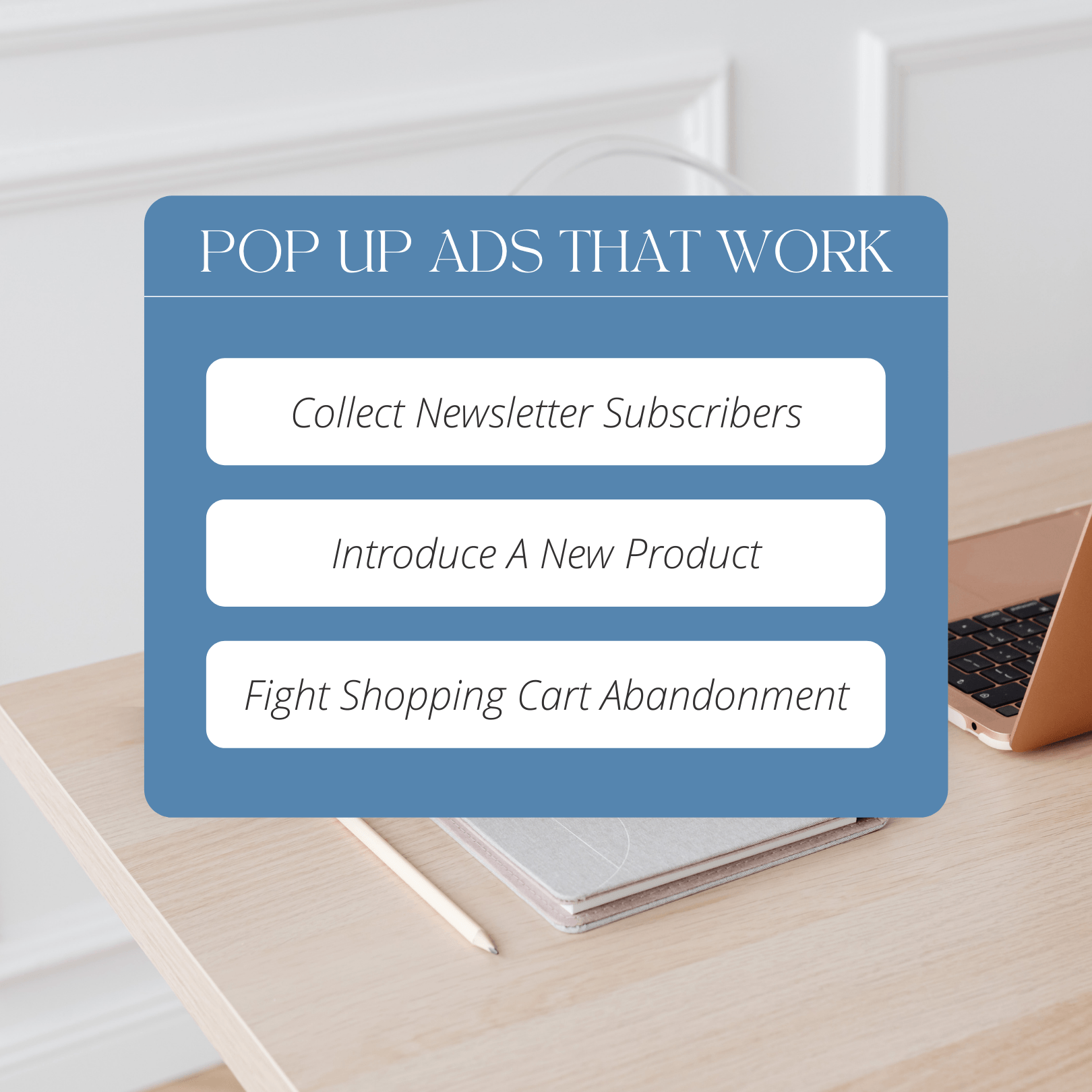
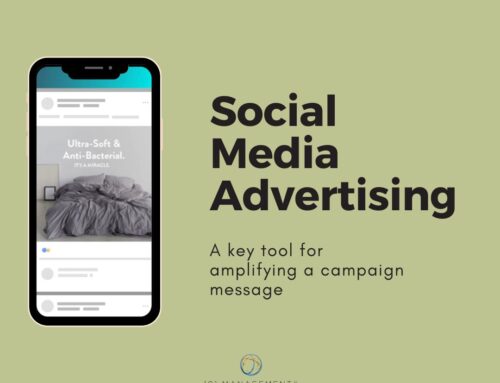
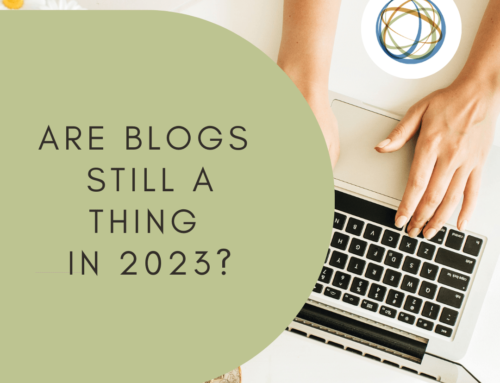
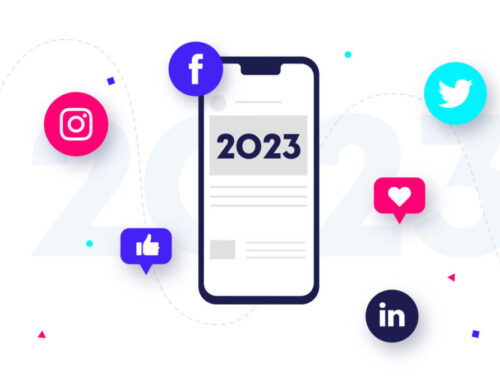

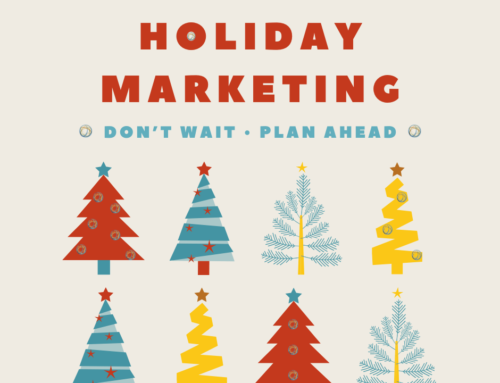
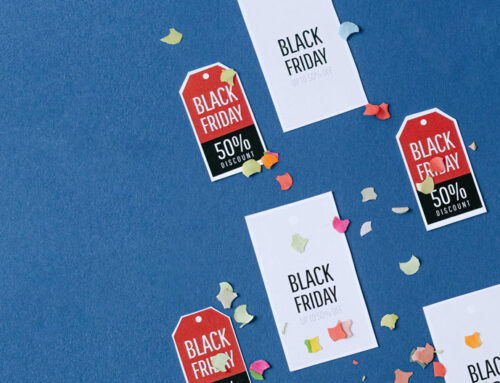


Leave A Comment